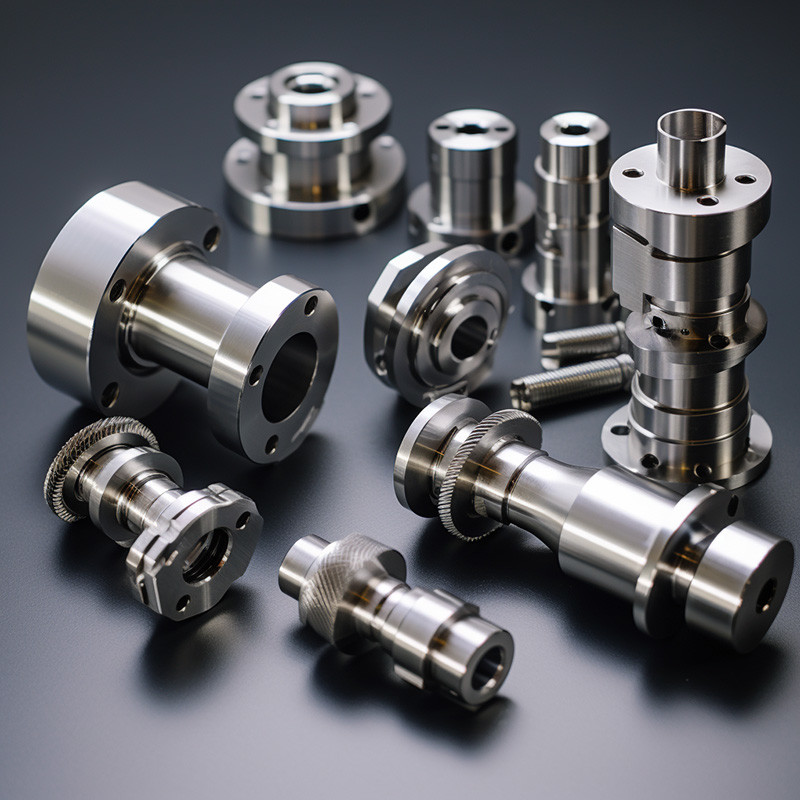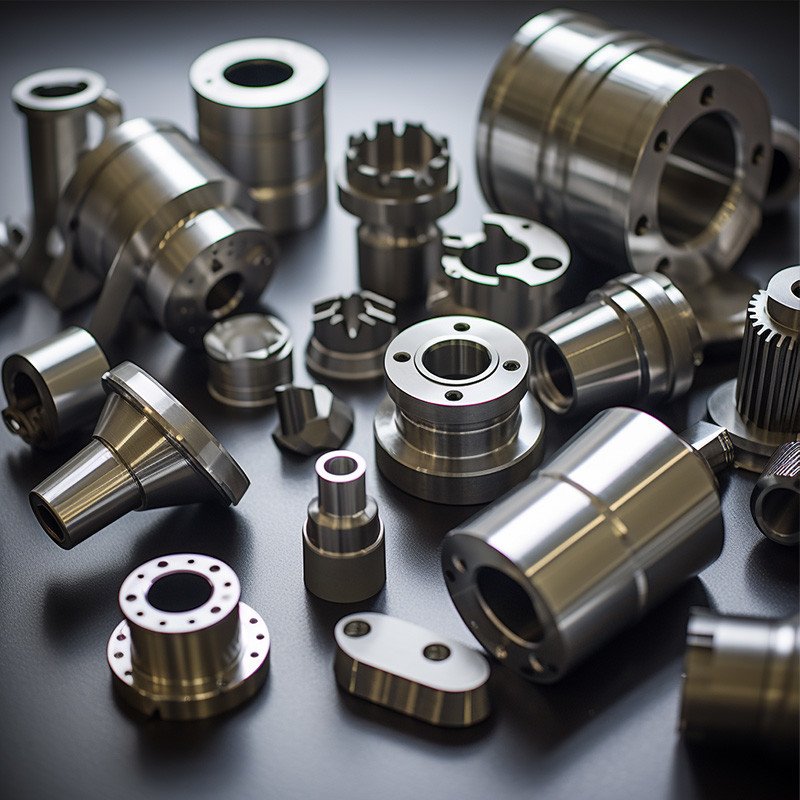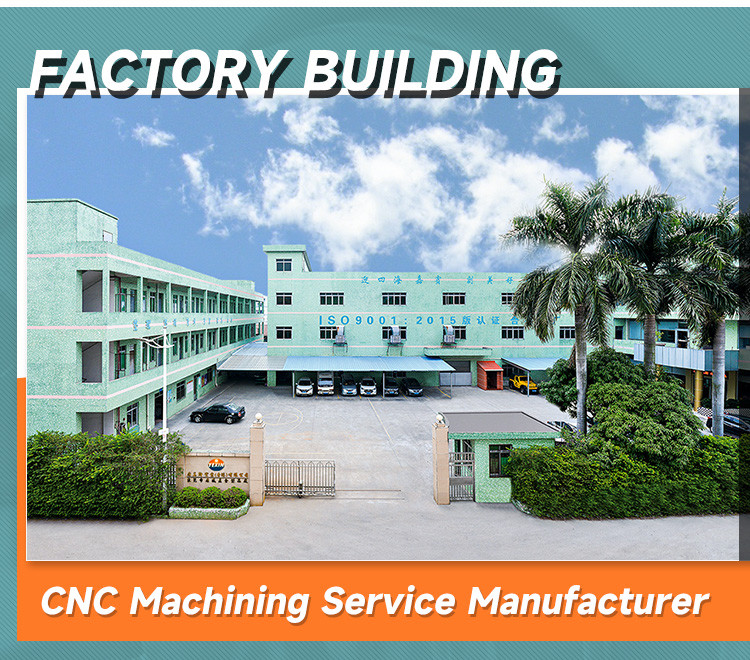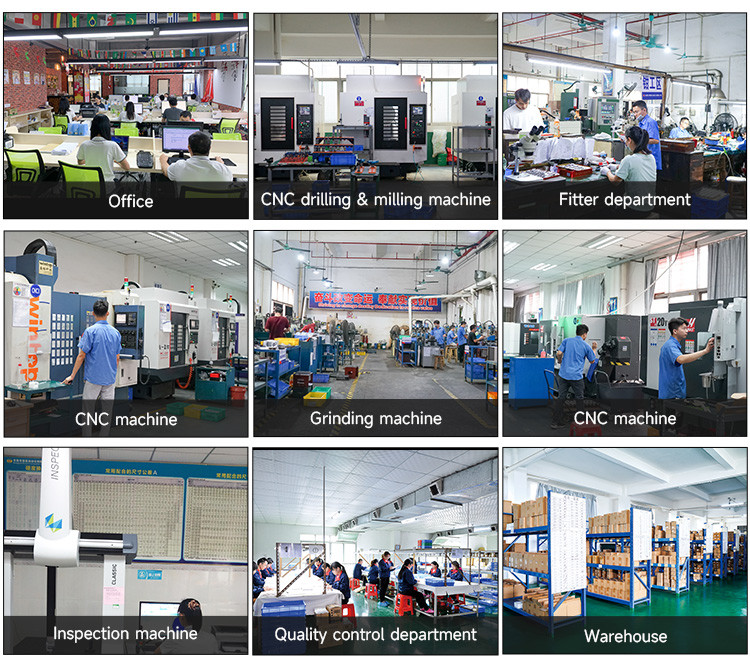| Sign In | Join Free | My frbiz.com |
|
| Sign In | Join Free | My frbiz.com |
|
| Categories | CNC Lathe Parts |
|---|---|
| Brand Name: | Yexin |
| Model Number: | SS44 |
| Certification: | ISO9001:2015 |
| Place of Origin: | Dongguan, China |
| MOQ: | 1 pcs |
| Price: | Negotiable |
| Payment Terms: | L/C, D/A, D/P, T/T, Western Union, Paypal |
| Supply Ability: | 173000 pcs/month |
| Delivery Time: | 3-12 work days |
| Packaging Details: | Standard Export Carton, Wooden Case, etc. |
| Application: | Industrial Equipment, Medical, Automotive, Aerospace, Consumer Electronics, Robotics & automation, etc. |
| Material: | Stainless Steel |
| Processing: | CNC Turning, Milling, Drilling, etc. |
| Surface Finish: | Polishing, Anodizing, Painting, etc. |
| Tolerance: | ±0.01mm, ±0.005mm, etc. |
| Drawing Format: | PDF,CAD, STEP, STP, IGES, IGS, SLDPRT, 3DM, SAT, etc. |
| Micro Machining or not: | Micro Machining |
| Equipment: | CNC Machining Centers |
| Keyword: | CNC Lathe Parts |
| Company Info. |
| Dongguan Yexin Intelligent Technology Co., Ltd. |
| Verified Supplier |
| View Contact Details |
| Product List |
CNC machining, standing for computer numerical control machining, is a prevalent manufacturing
process that employs automated, high-speed cutting tools to shape designs from metal or plastic
stock. Standard CNC machines encompass 3-axis, 4-axis, and 5-axis milling machines, lathes,
and routers.
Variations exist in how CNC parts are cut, with possibilities such as the workpiece remaining
stationary while the tool moves, the tool staying in place while the workpiece is rotated and moved,
or both the cutting tool and workpiece moving together.
Product Details
We work with a diverse range of materials, including carbon alloys, aluminum, brass,
stainless steel, high nickel alloys, and engineered plastics.
If you are uncertain about the best material for your specific application, our expertise can guide
you in selecting the most suitable option, even if it happens to be a material not mentioned here.
| Common Materials for CNC Machining | |
| Material | Properties |
| Aluminum | 2024: Good fatigue resistance and strength; excellent toughness at moderate to high strength levels; improved fracture toughness |
| 6061: Excellent machinability, low cost, and versatility | |
| 7075: High strength, hardness, low weight, and heat tolerance | |
| Brass | Versatile and highly attractive copper/zinc alloy with warm yellow color accommodates severe forming/drawing |
| Copper | High ductility and high electrical and thermal conductivity; develops attractive blue-green surface patina over time |
| Stainless Steel | Excellent machinability and outstanding uniformity; good workability and weldability, high ductility and formability |
| Steel Alloy | Mix of chromium, molybdenum, and manganese yields toughness, good torsional and fatigue strength |
| Steel Mild Low Carbon | High machinability and weldability, high stiffness; good mechanical properties, machinability, and weldability at low cost |
| Titanium | Excellent strength to weight ratio, used in aerospace, automotive, and medical industries |
| ABS | Excellent impact resistance, good mechanical properties, susceptible to solvents |
| Nylon | Excellent mechanical properties, high toughness, poor moisture resistance |
| POM | High stiffness, excellent thermal & electrical properties, relatively brittle |



Post-processing and surface finishes for CNC machining
CNC-machined parts as they emerge from the machine often exhibit visible tool marks,
a feature that may not align with your specific part requirements.
Fortunately, there exists a multitude of post-processing techniques aimed at enhancing the
surface appearance and elevating attributes such as wear resistance, corrosion resistance,
and chemical resistance.
Methods like anodizing, bead blasting, and powder coating present viable options for refining
the final presentation of your custom parts, allowing you to achieve the desired surface
quality and performance characteristics.
| Surface Finishes | ||
| Name | Applicable to | Machining marks |
| As machined | Metals, Plastics | Visible, light surface scratches |
| Smooth machining | ||
| Fine machining | Metals | Slightly visible |
| Polishing | Metals | Removed on primary surfaces |
| Bead blasting | Metals | Removed for non-cosmetic, removed on primary surfaces for cosmetic |
| Brushing | Metals | |
| Anodizing Type II | Aluminum | |
| Anodizing Type III | Aluminum | Visible under anodizing |
| Black oxide | Copper, Stainless steel, Alloy steel, Tool steel, Mild steel | Visible |
| Powder coating | Metals | Removed |
| Brushed + electropolishing | Stainless steel | Removed on Primary surfaces |
Specialist Industries
CNC machining is a highly utilized subtractive manufacturing process employed across a multitude
of industries. It plays a crucial role in aerospace, automotive, aviation, transportation, and
numerous other integral sectors.
For instance, in the aerospace industry, the production of airplane components demands an
exceptional level of precision to ensure the seamless functionality of the entire aircraft.

Company Profile


FAQ's
1. What size of fillets are added when no specific fillet is specified by the 3D model
or drawing?
When no specific fillet radius is outlined in the 3D model or drawing, the machinist will incorporate
fillet radii at their discretion to optimize for easy machining. In instances where a particular fillet
radius is needed, explicit specification is encouraged.
As a rule of thumb, consider internal vertical edge radii exceeding 1/3 of the depth, while internal
horizontal edges may either remain sharp or be introduced with a radius ranging from 0.5mm to
1mm.
2. A quick guide to CNC machining parameters
Most machining parameters are established by the machine operator during the generation of
G-code.
Build Size of CNC Machines:
CNC machines offer a notably large build area, especially when
compared to 3D printers.
CNC milling systems can handle parts with dimensions up to 2,000 x
800 x 100 mm (78” x 32” x 40”).
CNC turning systems can machine parts with a diameter of up to Ø
500 mm (Ø 20’’).
Accuracy and Tolerances:
CNC machining enables the production of parts with high accuracy
and tight tolerances.
Tolerances achievable with CNC machines can be less than half the
diameter of an average human
hair, reaching ± 0.025 mm or .001’’.
If tolerance is not specified in the technical drawing, the
operator typically machines the part with an
accuracy of 0.125 mm (.005’’).
Key Takeaways:
CNC machines excel in both build size and precision, making them suitable for a wide range of
applications.
Operators have the flexibility to set machining parameters based on
the specific requirements of
the project.
Understanding the build size and achievable tolerances is crucial
for designing parts that meet
precision and accuracy standards.
3. What type of surface finishes does provide?
Our services encompass a wide array of finishing options to attain the desired appearance and
texture for your parts. We offer treatments for metal, texturing specifically for plastic injection
mold tools, and painting for both metal and plastic, among other choices.
Discover more about specifying your preferred surface texture in our blog.

|